United States Air Force delays A-10 retirement
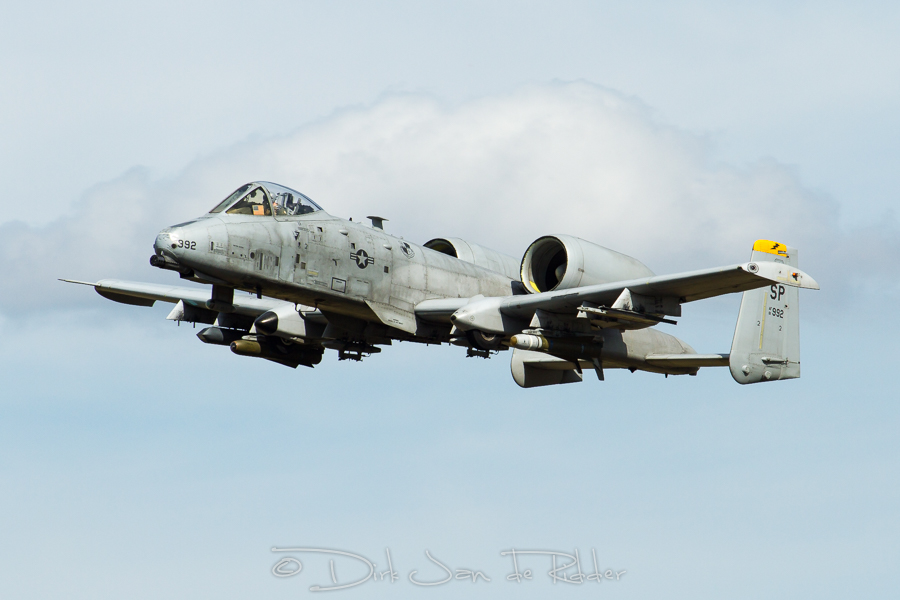
After trying to retire the A-10 Thunderbolt II for a few years already, United States Air Force officials now admit the aircraft is crucial in the war against ISIS. The US military has therefore indefinitely frozen its plans to retire the aircraft.
The idea behind retiring all 300 or so A-10s was to save around $4 billion and free up maintenance personnel for the F-35, but the Pentagon has tweaked its argument several times over a period of time. First, it claimed it could simply not afford the money to keep the aircraft in the air. Opponents argued that the A-10 was actually one of the cheapest close air support aircraft, at an estimated price of $19,000 per flying hour compared to $68,000 per hour for the F-35.
The argument then became that the A-10 couldn’t survive over today’s battlefield, but it didn’t take long for a squadron of A-10s to deploy to the Middle East in the battle against IS. A dozen A-10s were also deployed to eastern Europe for six months after Russia expanded its territory by invading the Crimea region.
No B-1B Lancer, F-15E Strike Eagle or F-16 Fighting Falcon can compete with the A-10 when it comes to providing support to troops -whether American or allied soldiers in Afghanistan or Peshmerga fighters in Syria- in close contact with enemy combatants. The A-10 was designed for close air support from the ground up and it is the most requested asset for the job among JTACs (Joint Terminal Attack Controllers) due to its high-precision 30mm cannon and long loiter time.
The A-10 Thunderbolt II will remain in service until at least the end of 2017.
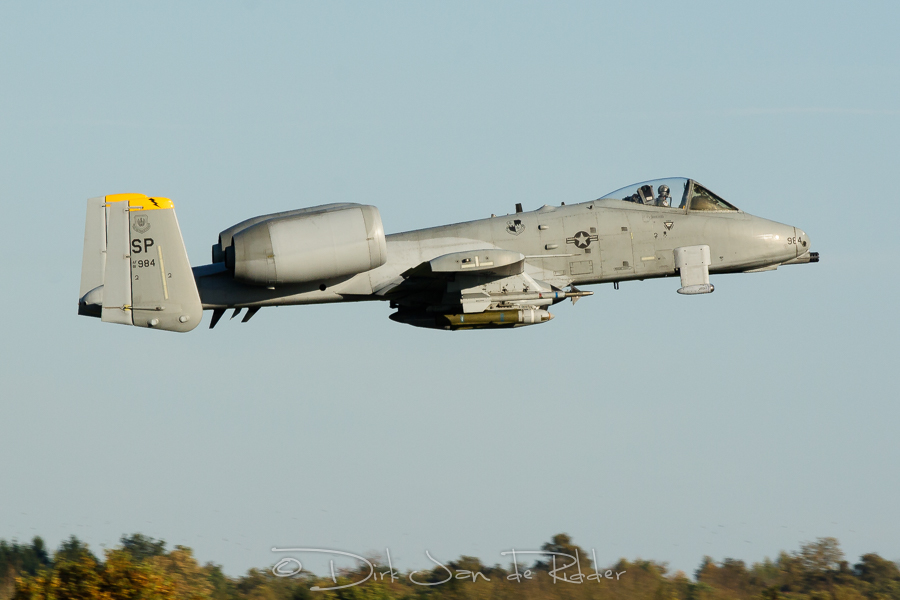

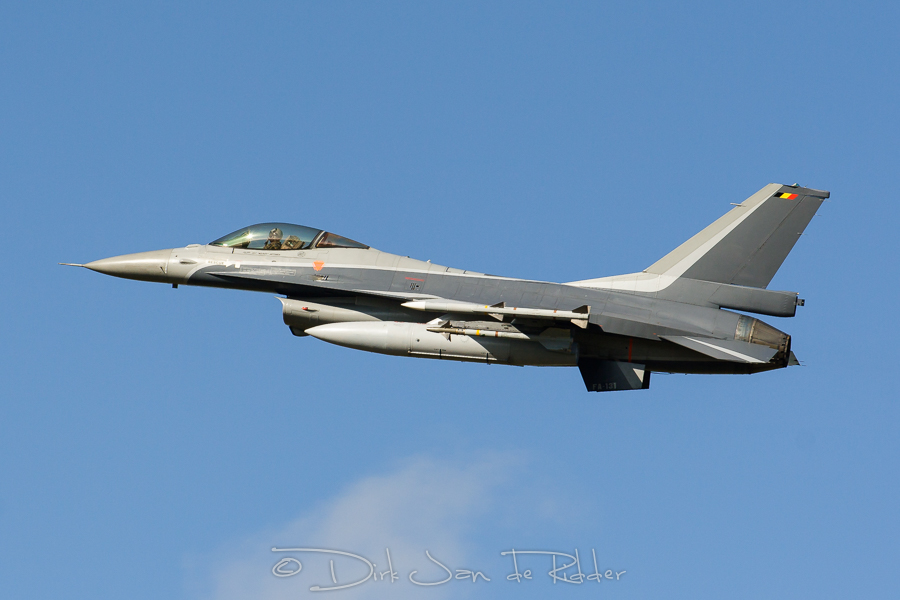
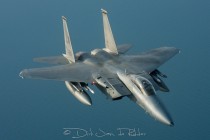
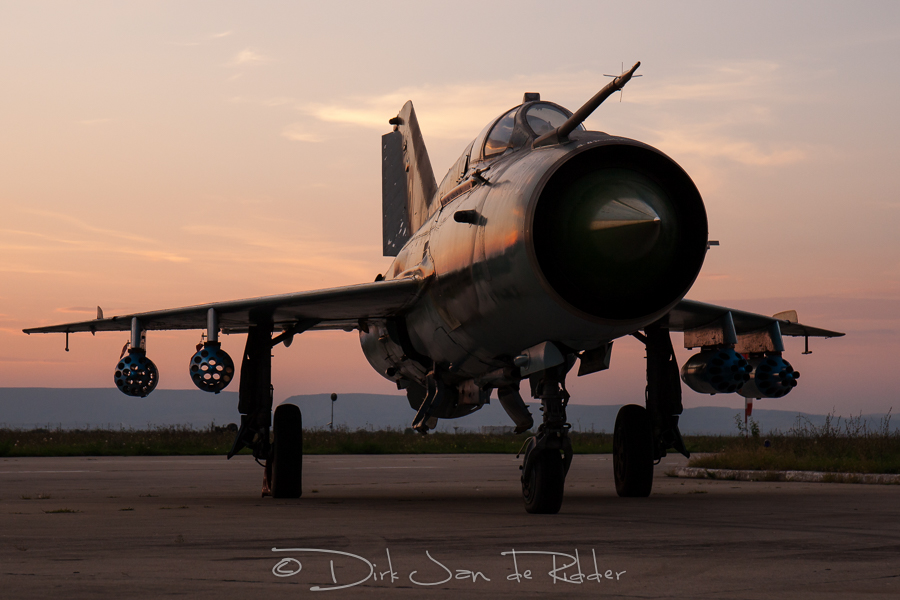

Comments are closed.